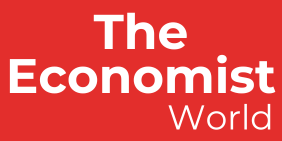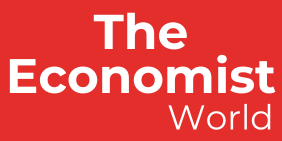“Current measures lack sufficient substance to impact the already established online manufacturing capacity, which is the primary reason international PV module and input pricing remain so low,” said Joseph Johnson, associate director for market intelligence at US advisory firm Clean Energy Associates (CEA), in a report on Tuesday.
The Chinese government recently said it would address industrial oversupply this year. In February, the Ministry of Industry and Information Technology (MIIT) said it would limit expansion of low-quality production capacity with policies to be unveiled later this year focused on technological development, industry standards and intellectual property rights.
“While efforts are likely to cool investments in new production capacity, this does not mean that a sharp market correction will be induced by the policy measures,” Johnson said. “Instead, a gradual recovery in pricing is anticipated.”
In China, solar cells, modules, and polysilicon have seen moderate price increases since the beginning of the year, which is largely attributable to a rush of solar panel installations after the National Energy Administration issued a new policy covering distributed solar power generation in January. The policy applies to projects put into operation after May.


